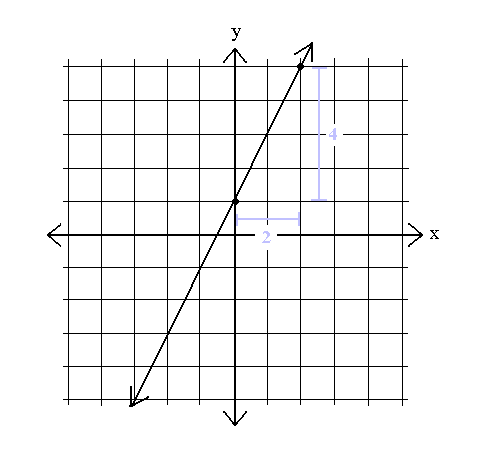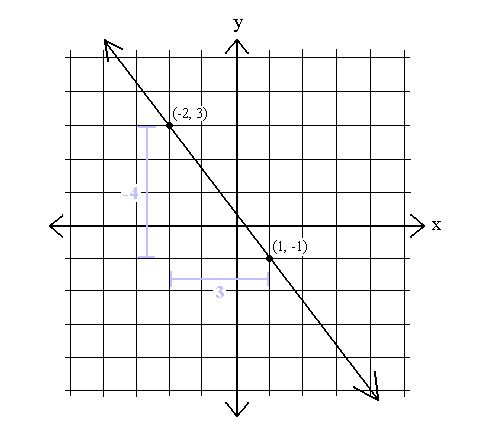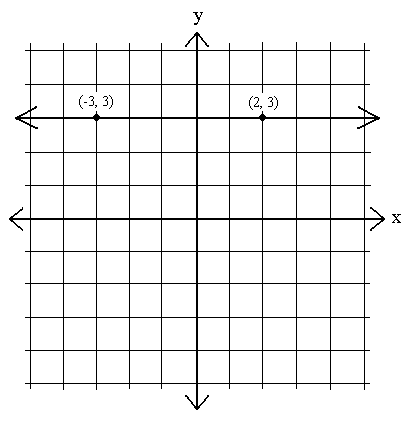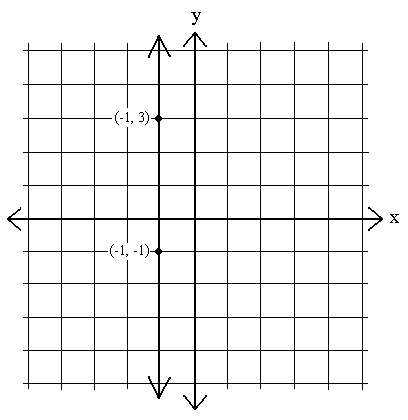Please wait while we process your payment
If you don't see it, please check your spam folder. Sometimes it can end up there.
If you don't see it, please check your spam folder. Sometimes it can end up there.
Please wait while we process your payment

By signing up you agree to our terms and privacy policy.
Don’t have an account? Subscribe now
Create Your Account
Sign up for your FREE 7-day trial
By signing up you agree to our terms and privacy policy.
Already have an account? Log in
Your Email
Choose Your Plan
Individual
Group Discount
Save over 50% with a SparkNotes PLUS Annual Plan!
 payment page
payment page
Purchasing SparkNotes PLUS for a group?
Get Annual Plans at a discount when you buy 2 or more!
Price
$24.99 $18.74 /subscription + tax
Subtotal $37.48 + tax
Save 25% on 2-49 accounts
Save 30% on 50-99 accounts
Want 100 or more? Contact us for a customized plan.
 payment page
payment page
Your Plan
Payment Details
Payment Summary
SparkNotes Plus
You'll be billed after your free trial ends.
7-Day Free Trial
Not Applicable
Renews July 9, 2025 July 2, 2025
Discounts (applied to next billing)
DUE NOW
US $0.00
SNPLUSROCKS20 | 20% Discount
This is not a valid promo code.
Discount Code (one code per order)
SparkNotes PLUS Annual Plan - Group Discount
Qty: 00
SparkNotes Plus subscription is $4.99/month or $24.99/year as selected above. The free trial period is the first 7 days of your subscription. TO CANCEL YOUR SUBSCRIPTION AND AVOID BEING CHARGED, YOU MUST CANCEL BEFORE THE END OF THE FREE TRIAL PERIOD. You may cancel your subscription on your Subscription and Billing page or contact Customer Support at custserv@bn.com. Your subscription will continue automatically once the free trial period is over. Free trial is available to new customers only.
Choose Your Plan
This site is protected by reCAPTCHA and the Google Privacy Policy and Terms of Service apply.
For the next 7 days, you'll have access to awesome PLUS stuff like AP English test prep, No Fear Shakespeare translations and audio, a note-taking tool, personalized dashboard, & much more!
You’ve successfully purchased a group discount. Your group members can use the joining link below to redeem their group membership. You'll also receive an email with the link.
Members will be prompted to log in or create an account to redeem their group membership.
Thanks for creating a SparkNotes account! Continue to start your free trial.
We're sorry, we could not create your account. SparkNotes PLUS is not available in your country. See what countries we’re in.
There was an error creating your account. Please check your payment details and try again.
Please wait while we process your payment

Your PLUS subscription has expired
Please wait while we process your payment
Please wait while we process your payment

Slope
In addition to its familiar meaning, the word "slope" has precise mathematical meaning. The slope of a line is the rise over the run, or the change in y divided by the change in x. To find the slope of a line, pick any two points on the line. Then subtract their x-coordinates and subtract their y-coordinates in the same order. Divide the difference of the y-coordinates by the difference of the x- coordinates:
Given two points (x1, y1) and (x2, y2) on a line, the slope of the line is equal to:
m = =
Example 1. Find the slope of the line which passes through the points (2, 5) and (0, 1): 
 =
=  = 2. This means that every time x increases by 1 (anywhere on the line), y increase by 2, and whenever x decreases by 1, y decreases by 2.
= 2. This means that every time x increases by 1 (anywhere on the line), y increase by 2, and whenever x decreases by 1, y decreases by 2.
If a line has a positive slope (i.e. m > 0), then y always increases when x increases and y always decreases when x decreases. Thus, the graph of the line starts at the bottom left and goes towards the top right.
Often, however, the slope of a line is negative. A negative slope implies that y always decreases when x increases and y always increases when x decreases. Here is an example of a graph with negative slope:

m =  =
=  = -
= - 
Thus, as x increases by 3, y decreases by 4, and as x decreases by 3, y increases by 4.
Sometimes, we will see equations whose graphs are horizontal lines. These are graphs in which y remains constant -- that is, in which y1 - y2 = 0 for any two points on the line:

 =
=  = 0.
= 0.
The slope of any horizontal line is 0. In other words, as x increases or decreases, y does not change. x takes every possible value at a specific y value.
We will also see equations whose graphs are vertical lines. These are graphs in which x remains constant -- that is, in which x1 - x2 = 0 for any two points on the line:

 =
=  = undefined. We cannot divide a number by zero.
= undefined. We cannot divide a number by zero.
The slope of any vertical line is undefined.x does not increase or decrease; rather, y takes every possible value at a specific x value.
Please wait while we process your payment

